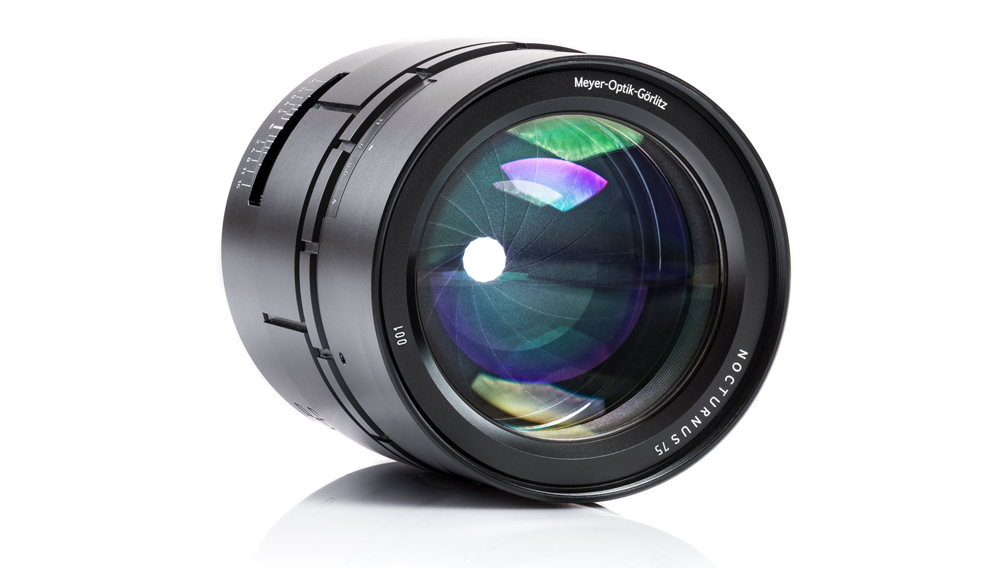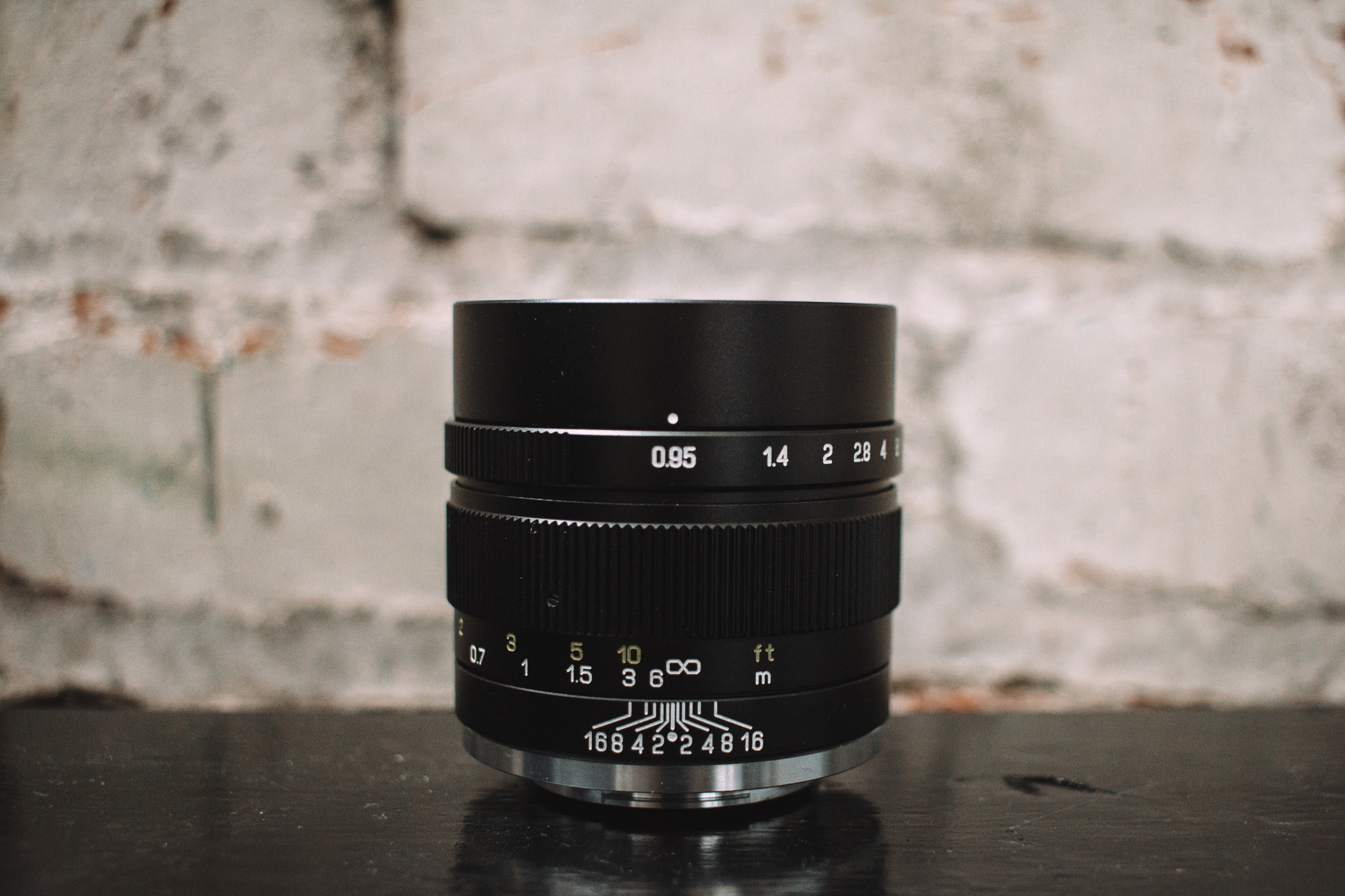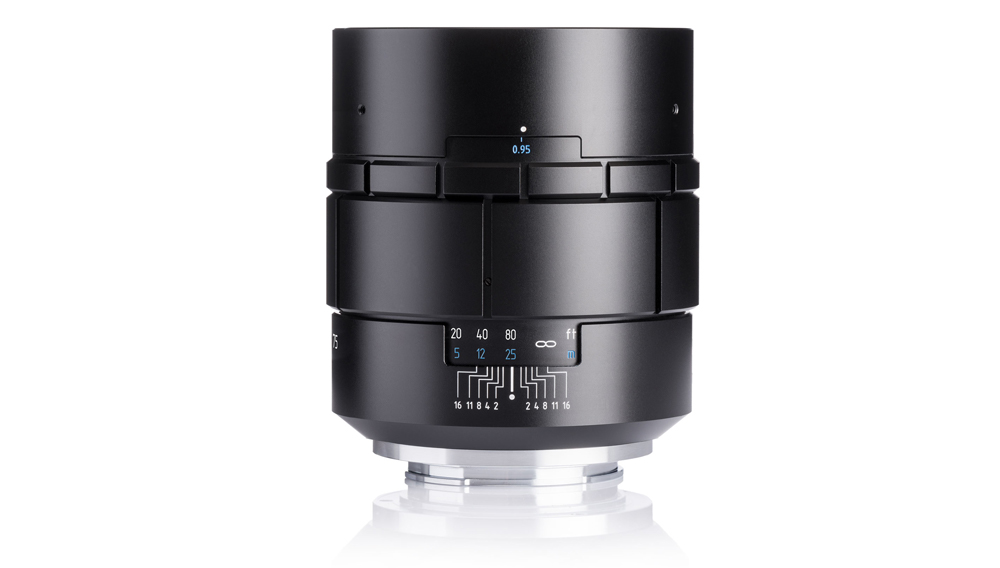Given today’s technology, Do we even need 0.95 lenses like the Nocturnus?
It is like Dr. Malcom says in Jurassic Park (and I am paraphrasing here) “Everyone was so caught up in whether or not you could do it, no one stopped to wonder if you should do it.” I think that is where a lot of people are making the mistake with all of this hubbub about the new Meyer-Optik Nocturnus 75mm 0.95 lens. We live in an age where we can push our cameras to insane ISO levels and still have a fairly clean and usable image, we aren’t using 35mm film and trying to squeeze what we can out of ISO 800 or ISO 3200 film.
So today I am here to ask this question; a lot of you are running around going nuts over this lens because Meyer-Optik could make this 75mm 0.95 beast of a lens, but I am going to put the brakes on for a minute and ask the serious question of whether or not they should make this lens.
As with most of the lenses that Meyer Optik has been bringing to market over the last couple of years, this new Nocturnus 75mm 0.95 is a reimagining of a classic Meyer Optik lens from another time. But this is 2018, we have the Sony A7s series cameras that can shoot clean images at crazy high ISOs, and heck even most APS-C cameras these days are fairly clean at 3200 (much cleaner than 3200 films, that’s for sure). So the argument for an f0.95 lens like this, at least from the light gathering standpoint is a fairly moot point these days from my perspective.

So that brings us to the other qualities of a lens like this; namely the bokeh and depth of field. I’ve used the [amazon_textlink asin=’B074RVKNS5′ text=’Mitakon 35mm 0.95′ template=’ProductLink’ store=’thephobl-20′ marketplace=’US’ link_id=’2bc5b963-4980-11e8-bb50-17bf990470f6′] on my Fujifilm [amazon_textlink asin=’B01A8DUR74′ text=’X-Pro2′ template=’ProductLink’ store=’thephobl-20′ marketplace=’US’ link_id=’19894d0e-4980-11e8-9bd1-0d6fafd1c3b2′], and I love it. It gives me excellent light gathering potential, the depth of field and bokeh more closely resembles the look of an F1.2 or F1.4 lens on a full frame body. That said, on an actual full frame body, like a Sony A7 series camera, it can be a bit unwieldy to work with F0.95, especially at closer distances. But the Mitakon lens is also only $500 or so, a much easier pill to swallow than what the Nocturnus is going for.
The key piece to this lens however is the 15 aperture blades. This means the lens should have some incredibly smooth and beautiful bokeh. Most lenses we see today have somewhere between 8 and 12 aperture blades, so the rendering of a lens that features 15 is something unique to go along with its unique maximum aperture. But this, I will admit, is a much more subjective way to look at the lens and ones need for it.
To answer the question I have been asking from the beginning; No I don’t think that most of us need an f0.95 lens like the Nocturnus. We have the technology to take great images in the sort of situations that would have previously required a lens with such an aperture. But just because there is not an inherent need for such a lens, does not mean that a lens such as this has no use. Clearly, this lens will offer a unique visual aesthetic for portrait shooters, and that is just about the only reason one should invest in a lens like this.

The expected MSRP of this lens will be $4,000, I think that we can all agree that for most of us, a lens with this sort of price tag is out of reach anyway. But in reality, it only means that those who do want to add one to their kit for the unique look need to think even more about it. What is the rate of return on a lens like this? Are you going to be able to charge more for your images thanks to the look that this lens provides?
These are questions that you need to ask for yourself, but I will just point out that in both the Fujifilm and Sony systems that $4,000 can go a long way, so is it really worth spending that on one lens? I have my doubts.


